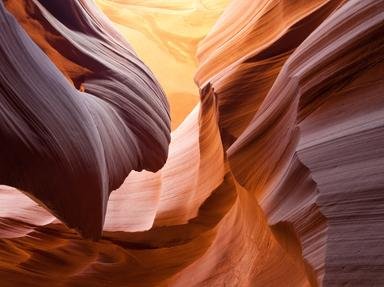
Hardness of Rocks and Minerals Quiz
The Mohs Scale of Hardness
"Hi! Hope you have a good time. You might say this quiz is 'Hard as Diamond'". This was the original intro to what was then a 5 question, multiple choice, quiz. Place these ten minerals in their order of hardness according to the Mohs scale.
This is a renovated/adopted version of an old quiz by author Macgirl
An ordering quiz
by spanishliz.
Estimated time: 3 mins.
- Home
- »
- Quizzes
- »
- Science Trivia
- »
- Earth Science
- »
- Geology